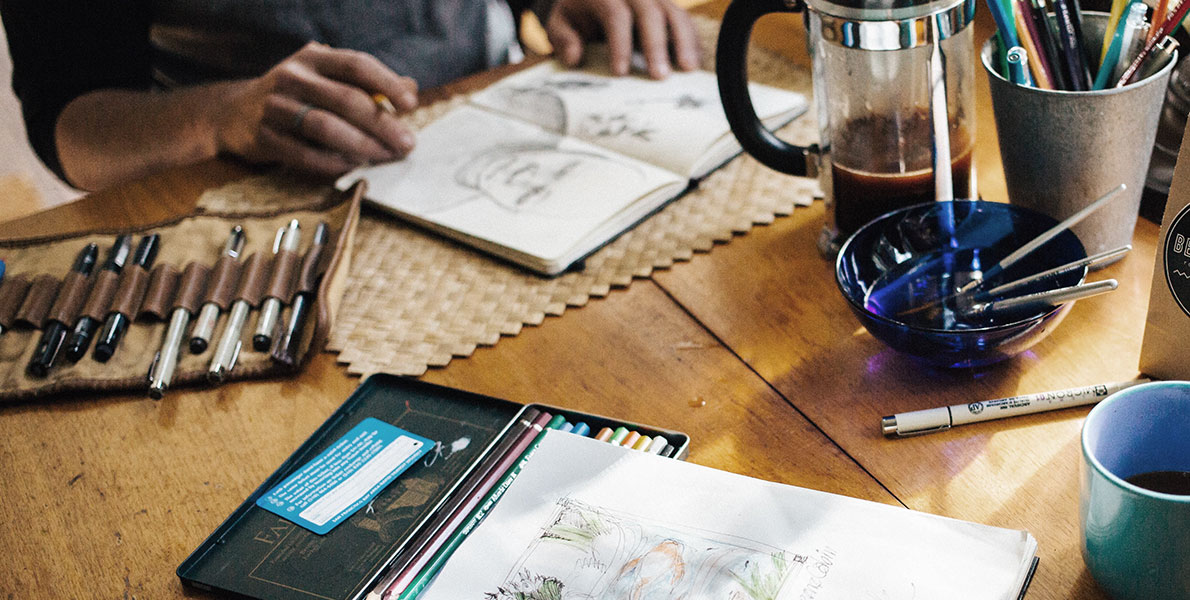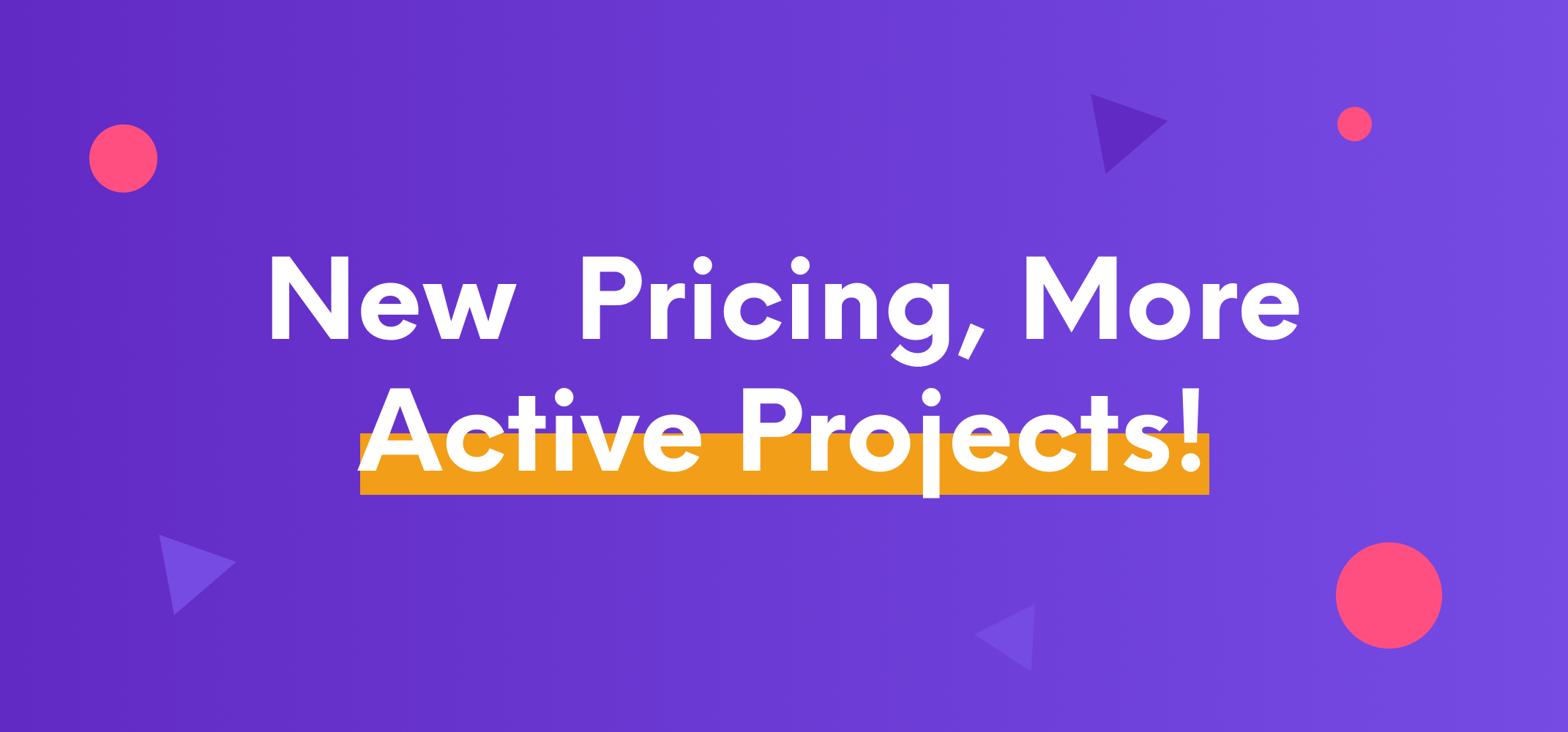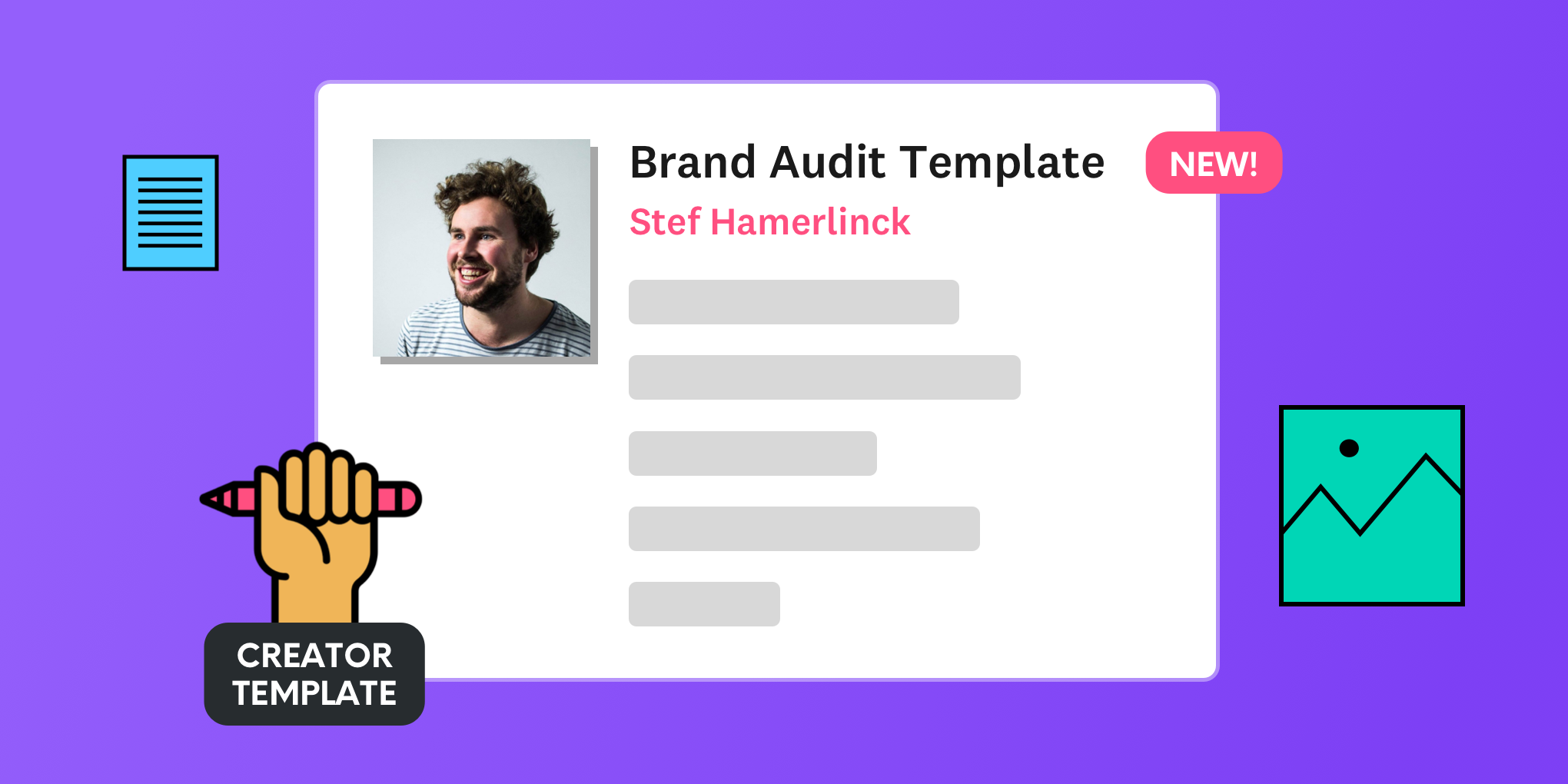When I first pitched an idea to write about preventing burnout to HolaBrief for an upcoming article, I was eager to share what I’ve learned from balancing the demands of life, work, and everything else in between. Shortly afterwards, I landed two projects that quickly consumed much of my time for the next several weeks.
The following late nights and early mornings soon drained me of my creative energy, which bled into my day job and compromised my ability to think critically and perform at my best. The time spent with my wife and two young children began to dwindle, and in the moments in which I was physically present, my mind would wander, turning itself inside out over the amount of work I had yet to do.
The irony is clear to me. As I attempted to keep my head above water, juggling freelance, the day job, and the demands of being a husband and father, I became severely burned out, to the point that I could not even formulate a cohesive thought around writing an initial outline for this article. I began to feel trapped. I had tunnel vision, feeling that I simply had to make it through the next task and feign an attempt to meet the next deadline. I lost sight of the bigger picture, which caused many of the most valuable things in my life to lose priority. My health suffered, the time spent with my family dwindled, and my weekends became filled with endless hours in coffee shops and my home office as I attempted to catch up on my ever-growing list of tasks.
When I was finally able to force myself out of my state of stupor and exhaustion, I began to make a few notes on my experience and what I could do differently next time. While I had the head knowledge, I realized that it was easy to lose sight of my priorities if I didn’t have a system in place to combat burnout.
As I continued my research, I realized that first, I am not alone. It can be easy to feel like you are the only one struggling to balance all that life throws at you, but 44% of full-time employees say they have experienced burnout, which has affected nearly every other aspect of their lives, and I can be sure that the number for those of us who are self-employed or are juggling a full-time job and freelance work are in a similar bracket.
Second, I found that with a few simple measures, I could effectively monitor my health and avoid becoming burned out before it’s too late. We all know that burnout is real, but many of us may not realize that it does not have to be inevitable.
This article is not meant to be another self-help hack on squeezing more productivity out of your day. Sure, putting your phone on airplane mode in the evenings and taking a break from having AirPods stuffed in your ears at all times is helpful advice, but I’ve found that taking a more holistic approach is more sustainable in the long run. I don’t want to focus on how to cram more hours into your day, but on how you can fit more life into your day, get your work done, and still have time to recharge with friends and family.
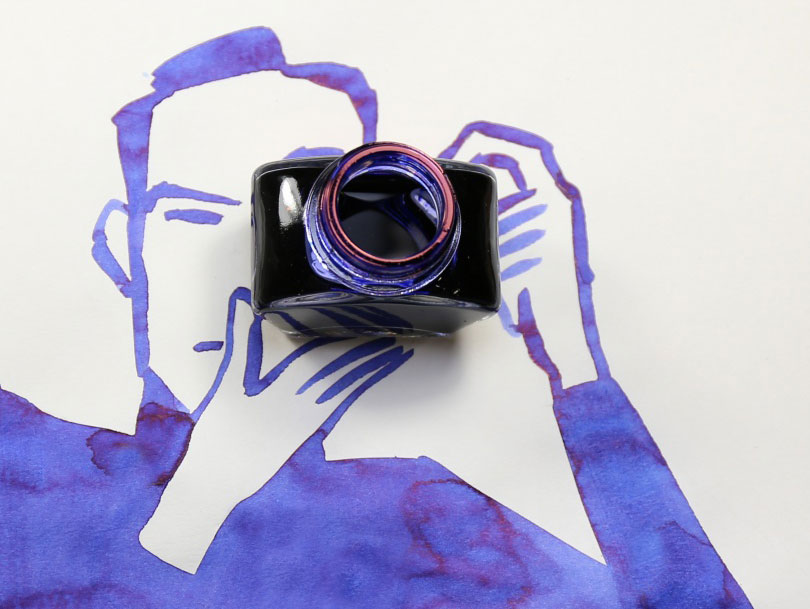
lustration by Christoph Neimann as part of his Sunday Sketches series
Here are 2 ways to find balance, boost creativity, and put life first (2 more coming in the next article):
1. Be Playful
As adults, we forget how important it is to do something simply for the enjoyment of it. Trying to be “productive” 24/7 and focusing on optimizing every open window of time in our day can be draining. Play, or the act of doing something purely for the joy of doing it, without being focused on a specific goal or restricted by specific boundaries, is an oft-forgotten practice, but it can be critical for problem solving, creativity, and relationships, benefiting your physical and mental health, and even improve your productivity at work.
Being “on” all day, every day, and having to produce at high levels for extended periods of time can quickly drain our creative reserves and prevent us from delivering our best work.
Play a board game with friends, take up watercolor painting, create something with Legos, build a table, or take a spontaneous day trip. Making space to play allows us to recharge, make new connections, and decompress for the days ahead.
Move
As creatives, many of us sit at a desk for eight to ten or more hours per day. Not only is sitting and remaining stationary for long periods of time not the healthiest thing in the world, it can also impede our creativity.
When you move and get your blood flowing, you are more likely to come up with solutions to a problem and conceive open-ended, original ideas. Your creative output can increase as much as 60% while walking, and you are nearly guaranteed to be able to generate novel new ideas each time you take a walk outside when focused on a problem.
Forcing yourself to spend more hours with a difficult problem won’t necessarily allow you to find a solution. Building breaks into your day to get outside, breathe some fresh air, integrate a workout into your day, or find space to be in nature has immense restorative effects and should always be part of our creative arsenal.
Create for yourself
Artist Christoph Neimann shares that
one of the best ways to recharge your creativity is to create something for yourself — no clients, no deadlines, no boundaries.
Companies like Google have made this practice more mainstream with the 20% rule, which specifies that employees should spend 20% of their time following something they are passionate about that has nothing to do with their official assignment. You can integrate this practice into your own routine by taking a few minutes to draw or paint during a coffee or lunch break. Keep a sketchbook with you, start a personal project using a new technique, or take a dry erase marker everywhere you go and use city windows as your canvas.
Creating is an integral practice for creatives. Without it, we would quickly lose our ability to generate new ideas, explore new mediums, and make connections that we would not have otherwise made.
As Christoph shares, “Everything that’s backbone of what I’m doing today actually started as a really silly experiment I did in the middle of the night or on a random Saturday morning five years ago.”
Seek inspiration
Another way to prevent burnout is to change your environment and seek out inspiration. Julia Cameron, author of The Artist’s Way, calls this practice an “artist date”, or assigned play. This could overlap with the practice of creating and play, but for me, the practice of an artist date is most often centered around visiting a museum, watching an indie film, going to a concert, attending a lecture or conference, or reading a good book.
There is nothing quite like spending hours in the Tate Modern, being inspired by a powerful talk from an industry veteran, allowing yourself to get lost in a new city, or becoming engrossed in a novel that ignites your imagination. Seeing how others have approached unique problems can unlock new neural connections and allow you to approach your work in fresh new ways.
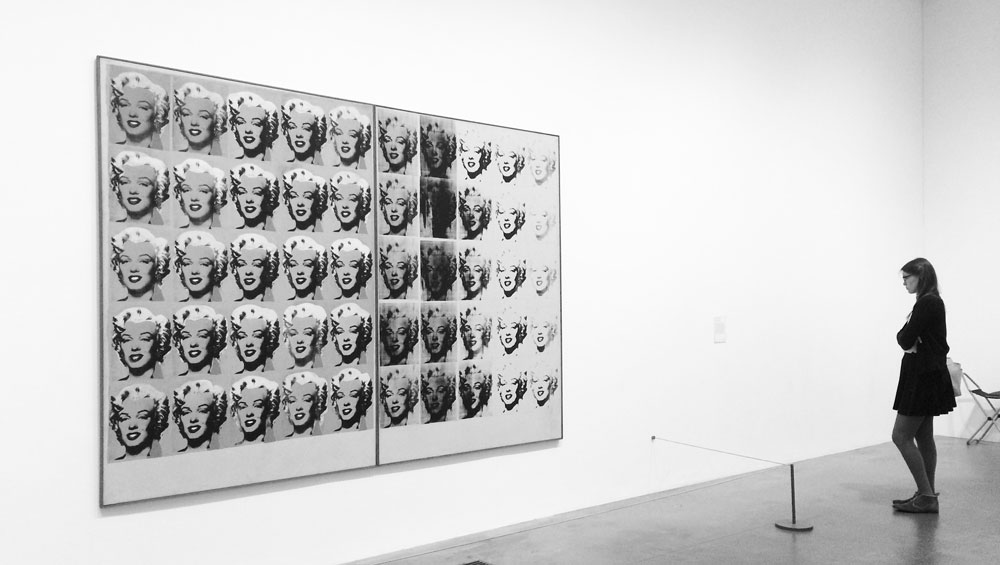
Photo by Benten Woodring
Another practice I have found valuable is to keep a “Someday Maybe” list. Coined by David Allen, author of the bestselling book Getting Things Done, a Someday Maybe list is a place to keep every future endeavor you would eventually like to pursue, from starting a podcast or taking dance lessons, to learning an instrument, writing a novel, or going skydiving. If you don’t already have one, take five minutes to write down everything that comes to mind. Get started on an item on your list during your next vacation or the next time you need to change things up.
The more experiences you have to reference when doing your work, the easier it will be to generate new and original ideas. Keep your creative juices flowing by continually seeking inspiration in new and unexpected places.
Be Patient
In a world where hustle culture dominates our social feeds, we often assume that working late nights and weekends every week will help us get ahead in our work. “Good enough” feels like a four-letter word -- so we push ourselves harder, clock longer hours, and sacrifice every other aspect of our lives in an attempt to get ahead (or just survive). While there is obviously nothing wrong with working hard, putting in long hours unchecked will send you spiraling into burnout in short order.
As someone with a day job, a side business, and two young children, I will be the first to tell you that true balance is a myth. There is no such thing as a perfect work/life balance. You cannot be both an excellent employee and an excellent father or husband -- the balance forever hangs in between the two extremes. Finding a compromise between each area of your life will allow you to sustain things for the long haul.
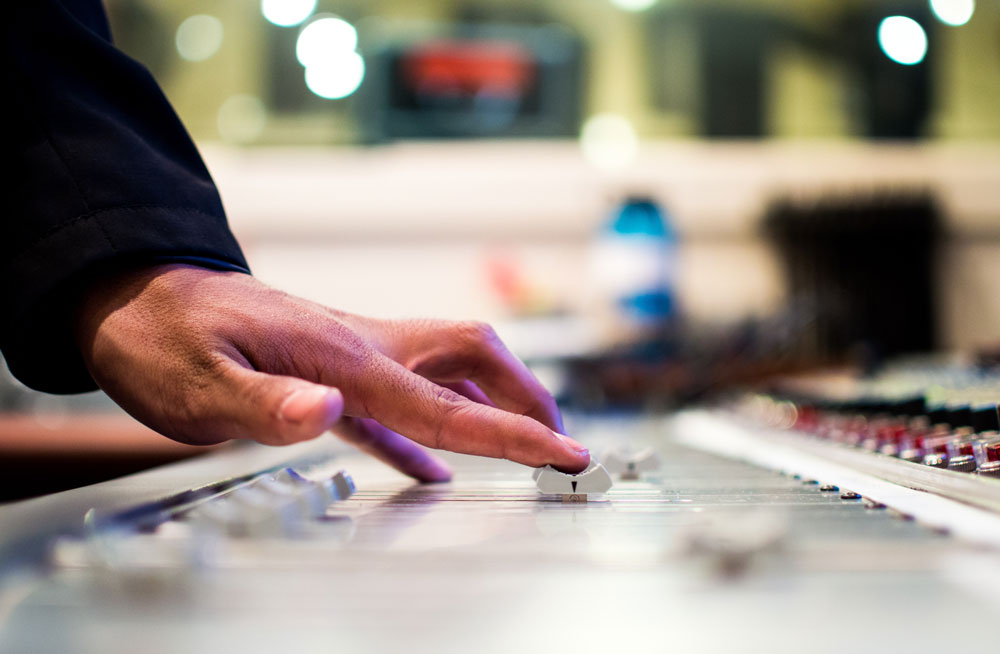
Photo by Drew Patrick Miller on Unsplash
2. The Four Burners
A helpful way to assess your work/life balance is with a concept called the Four Burners Theory. Originally coined by David Sedaris, the Four Burners Theory is a way to think about your work/life balance in four categories, or “burners”: family, friends, work, and health. This theory explains that we are only able to have two or three burners on at any given time — it’s not possible to have all four going at once. Instead of trying to keep every area perfectly balanced at all times, my experience has taught me that allowing things to feel out of balance for short seasons — as you focus on an important work project or choose to take more time to be home with family — gives you the opportunity to focus on something more important for a time, and then reassess your areas of focus when your goals shift.
Good is better than great
Trying to perform at 100% at every area of our lives at all times is not realistic. It is a false assumption to believe we can do everything well at the same time. In many instances, “good” is better than “great”, because it allows us to be healthier and more balanced in the long run. Making compromises in order to find balance is part of life, and one we should be comfortable practicing. As much as we may want to believe otherwise, anxiety and stress will always be part of the picture on some level -- embrace the dissonance and take advantage of opportunities to practice moderation and consistency.
Balancing the demands of life can be hard, but it’s important to give yourself room to make compromises, be 90% perfect, and be quick to forgive yourself when you make mistakes. Instead of taking extreme action every time you feel like you need to refocus on an area, try taking small steps as you monitor your progress. Simple changing your approach and being less reactive can go a long way towards finding a healthier balance.
Give yourself time
In a world that moves as quickly as ours, it can be difficult to feel like you can to keep up. You watch as your friends land their dream jobs or catch their big break while you slave away on your low-budget projects and attempt to wrangle your difficult clients. With these obstacles, it can be easy to feel like you will never reach your goals as a creative, but by integrating a few habits into your life, you can reframe these issues and be well on your way to living a more balanced life.
Becoming better at your work takes time. People who are excellent at what they do did not become that way overnight.
It took thousands of hours of consistent, deliberate practice in order to reach that point, and they would likely tell you they still have a long way to go. Take a few minutes to revisit some of the work you created a year, or even a few months ago. Chances are, you have improved a great deal since then. Be okay with where you are in the process today and know that, with time and practice, you are more than capable of reaching your goals.
Stay tuned for Part II of this series, where we will get into two more practices that will help you monitor how you are spending your time and actively prevent the effects of burnout.

